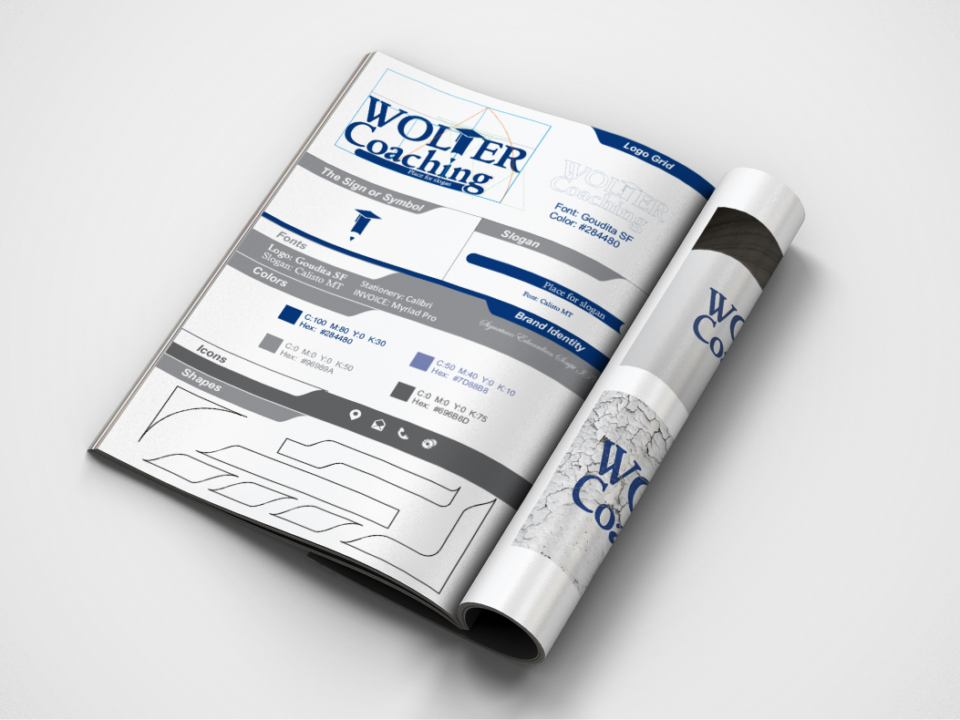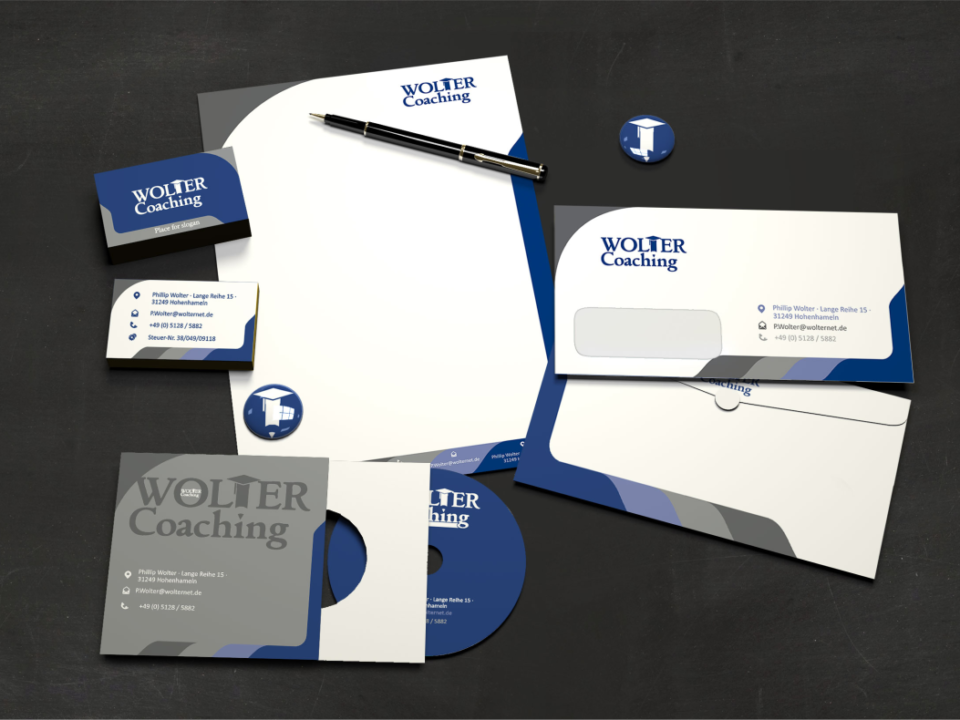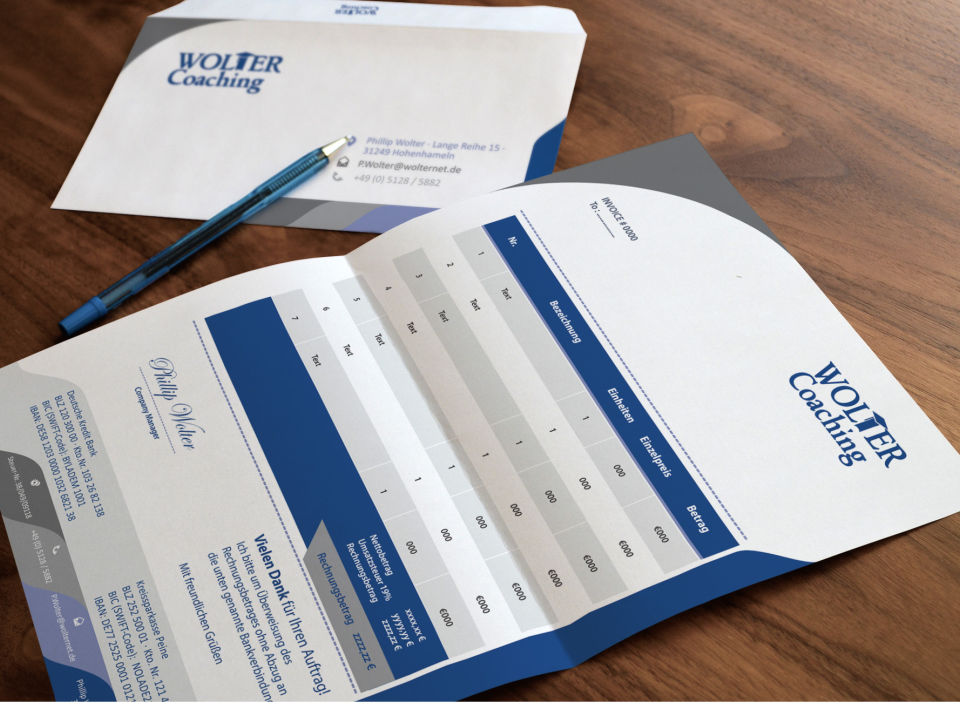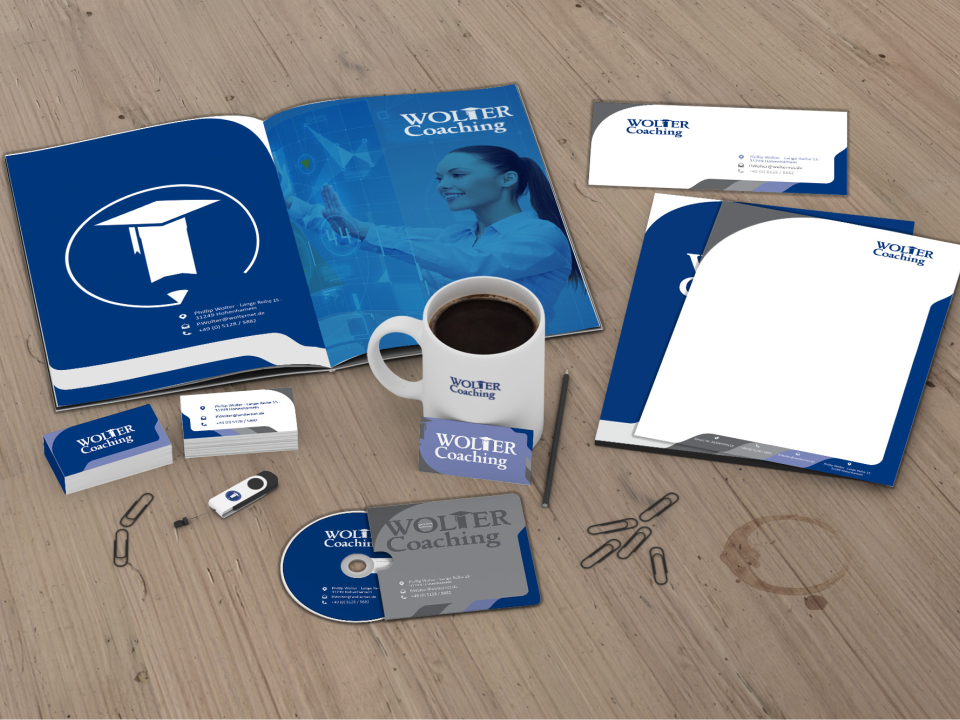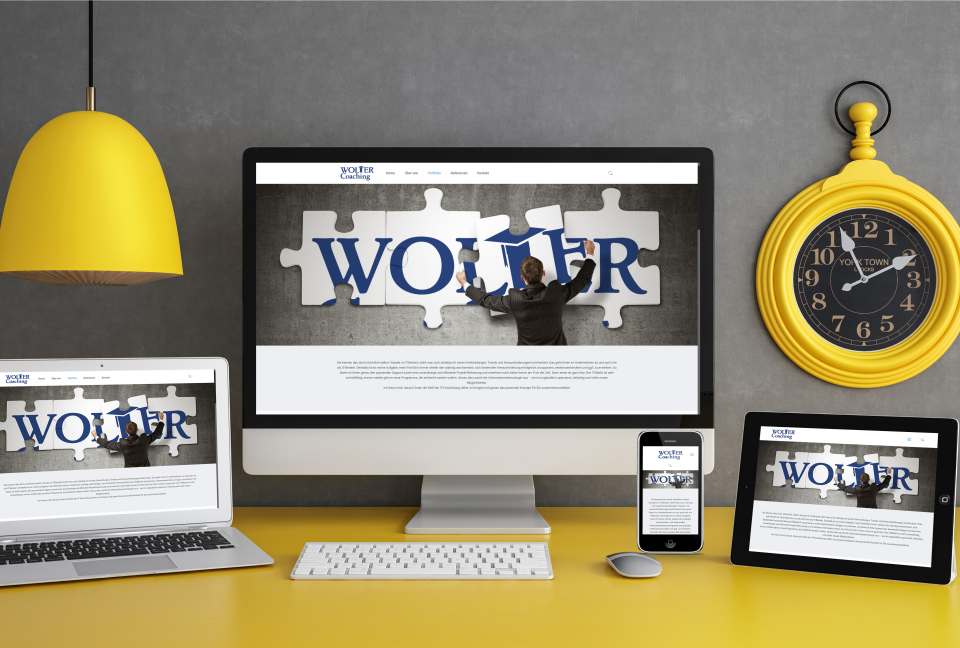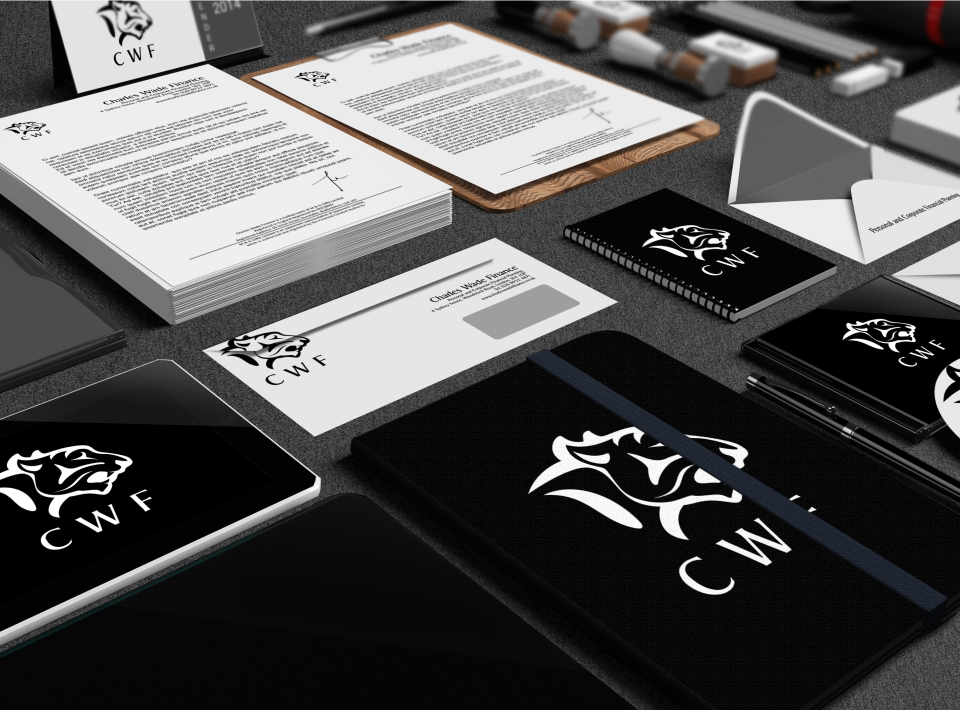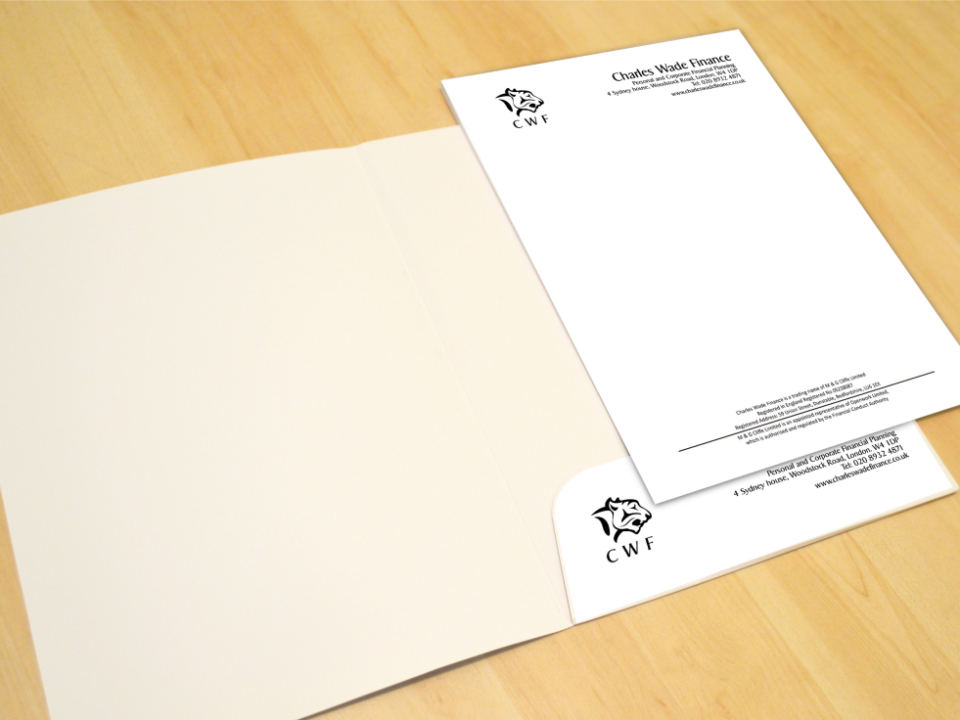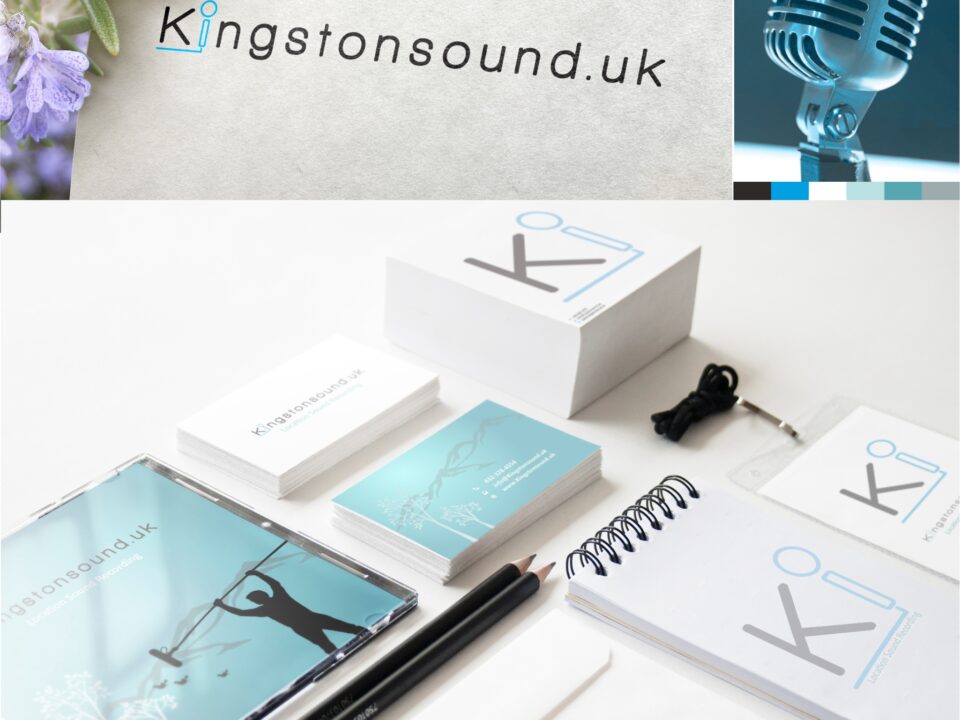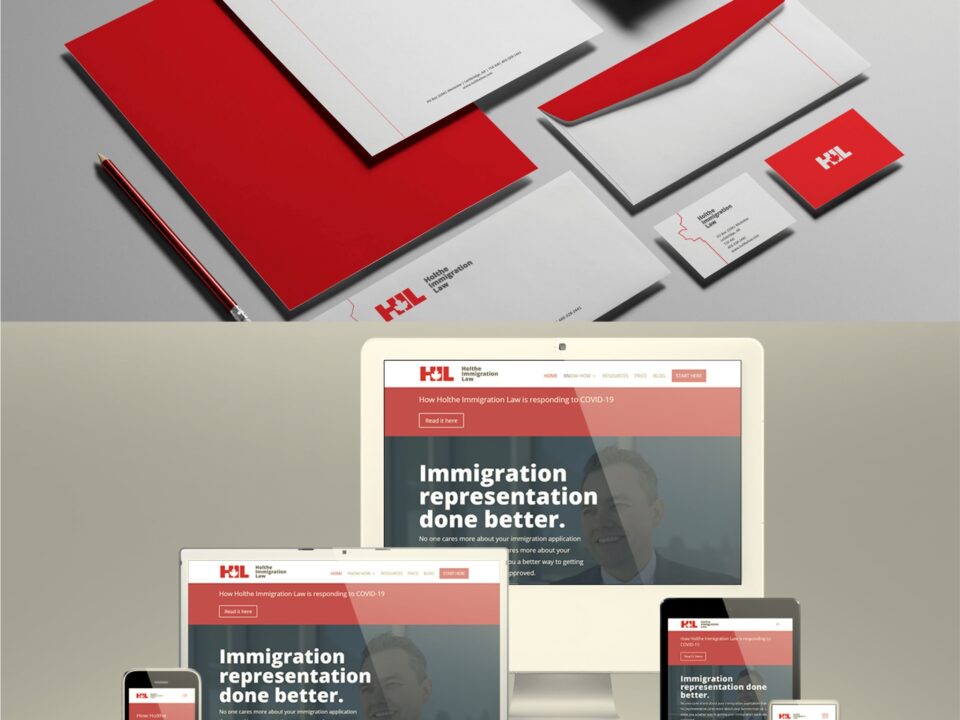Creating a visual identity and branding is a comprehensive and strategic process aimed at building a consistent and memorable image for a brand. This involves designing logos, selecting colors, typography, and all visual elements that contribute to creating a unique visual experience and a cohesive brand identity. Here’s a detailed breakdown of my approach to visual identity design and its application across various branding assets.
1. Visual Identity Design
This stage involves designing all the visual elements that help establish and strengthen the brand's identity, including:
- Logo Design: Creating a powerful visual symbol that represents the brand’s identity and values.
- Color Palette: Selecting primary and secondary colors that reflect the brand’s personality and are consistently used across all brand communications.
- Typography: Choosing fonts that align with the brand’s tone and style, enhancing readability and consistency.
- Graphic Elements: Utilizing shapes, icons, and visual patterns that aid in recognition and reinforce brand identity.
These components collectively form the visual language of the brand, ensuring a cohesive and recognizable identity.
2. Application of Visual Identity in Branding Assets
Once the visual identity elements are designed, they are consistently applied across all branding assets. These assets include:
- Business Card:
- Designing business cards using the logo, color palette, and brand typography.
- Ensuring a professional and readable layout.
- Letterhead & Stationery:
- Incorporating the logo and graphic elements in designing letterheads, envelopes, and notepads.
- Maintaining consistency and harmony in all stationery items.
- Brochure & Catalog:
- Designing brochures and catalogs with well-structured typography and high-quality images.
- Creating visually appealing layouts that effectively communicate the brand message.
- Outdoor Advertising:
- Designing billboards and posters with clear messaging and striking visuals.
- Using bold colors and readable typography to grab public attention.
- Promotional Products:
- Printing the logo and brand elements on promotional products like pens, mugs, t-shirts, and more.
- Ensuring high-quality printing and accurate representation of brand identity.
- Website & Social Media:
- Designing website user interfaces consistent with the brand’s visual identity.
- Creating branded templates for social media posts and stories to enhance online presence.
These applications ensure brand consistency and recognition across all touchpoints.
3. Implementation and Brand Consistency
After designing and applying the visual identity to all branding assets, the implementation and consistency phase begins:
- Brand Guideline Development: Creating a comprehensive guideline that includes:
- Proper logo usage (clear space, minimum size, and placement).
- Detailed color palette specifications with HEX, RGB, and CMYK values.
- Typography guidelines including font usage and hierarchy.
- Imagery and graphic style direction to maintain brand consistency.
- Ensuring Brand Consistency: Ensuring that all branding materials follow the visual identity guidelines across all communication channels.
- Brand Evolution and Updates: Adapting and updating the visual identity as the brand grows or market trends change.
This phase guarantees a consistent and professional brand image, building trust and recognition.
4. Software and Tools Used in Visual Identity Design
To create professional and cohesive visual identities, I use the following industry-standard design software:
- CorelDRAW: For precise vector illustrations and high-quality logo design.
- Adobe Illustrator: For advanced vector graphics and scalable designs.
- Adobe Photoshop: For photo editing, mockups, and creating visual effects.
- Adobe InDesign: For designing brochures, catalogs, and brand guidelines.
- Acrobat Pro: For preparing and delivering high-quality PDF files.
These tools allow me to efficiently transform creative concepts into polished brand identities.
5. Benefits of a Strong Visual Identity
A well-designed and cohesive visual identity helps the brand achieve:
- Brand Recognition: Establishing a memorable and unique image that quickly resonates with the audience.
- Trust and Credibility: Consistent and professional brand presentation builds trust among consumers.
- Emotional Impact: Using appropriate colors and graphic elements to create an emotional connection with the audience.
By maintaining a consistent and engaging visual identity, the brand enhances its market presence and customer loyalty.
6. Conclusion
Designing a strong and cohesive visual identity requires strategic thinking, creativity, and technical expertise. By following this structured process, I ensure the creation of timeless, versatile, and impactful brand identities that resonate with target audiences and strengthen brand recognition.

